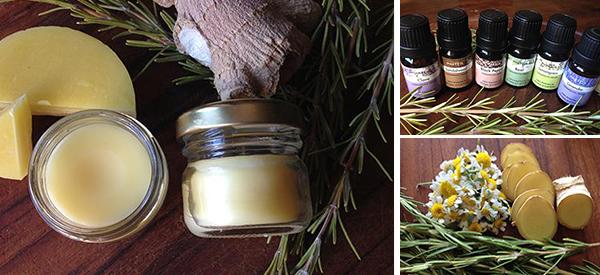
How to Make a Powerful Salve for Joint Pain
When Making your own Powerful Salve for Joint Pain, there are a few things to consider first.
Some essential oils have a warming effect, others have a cooling effect, and a few are adaptogens – they change depending on what they are mixed with. Your choice will depend on what you have on hand, what you are prepared to make yourself, and whether you prefer something warm or cool. You might reach for a warm salve in winter or a cool salve in summer.
Making an herbal oil on the other hand doesn’t require copious amounts of plant material, and is really easy. A joint salve should start with a good herbal oil as its base ingredient, and then beeswax and essential oils are added. 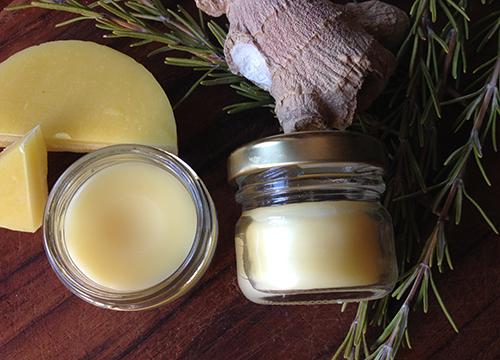
Plants Known to Provide Effective Pain Relief
Below are some herbs and plants that are known to provide effective pain relief and therefore are perfect in a warming salve.
Ginger
Ginger is incredibly versatile, and research has shown it to be effective to treat a plethora of conditions, including osteoarthritis, rheumatoid arthritis, and inflammation. It also aids recovery after exercise.
When used topically, it has a warming effect on the body which relieves joint and muscle pain.
Rosemary
Aromatherapists use rosemary to relax muscles, but some studies have concluded that it can also reduce inflammation, as well as ease pain in your muscles, bones, and back.
It should be harvested when in full bloom in order to get the maximum concentration of volatile oils.
Chamomile
If there is one herb you should grow at home for a perfect all-rounder, then the honor goes to chamomile. It has so many practical uses. You can make an insecticide and a fungicide. You can eat it and drink it. Or you can use it to treat pain and inflammation by applying it topically. By massaging it in via a salve, it also eases tension and spasms.
Lavender
Lavender is well known for its calming and relaxing abilities. A number of studies have found that it can also be used to relieve pain and inflammation, especially for sufferers of osteoarthritis. Massaging lavender oil into swollen joints routinely has been found to reduce both swelling and pain, and at the same time, it’s relaxing and reduces anxiety.
Basil
One herb that is common in the kitchen whose medicinal properties might surprise some people is the humble herb, basil.
Basil essential oil has been found to have anti-inflammatory properties and is known to reduce swelling and fluid buildup (edema) in arthritic joints.
Black Pepper
The warming sensation that black pepper essential oil generates is great for relaxing muscles and alleviating tension and pain. It’s often added to massage oil to minimize inflammation and spasms.
Lemongrass
Lemongrass essential oil has been used medicinally for generations for its ability to decrease swelling, particularly for people suffering from arthritis. It does this by drawing excess water out of swollen cells (as an astringent) and making you urinate more (as a diuretic). It is often diluted and massaged into the skin to quickly ease aches and pain, and studies support these health benefits.
Clove
In addition to being used as an early form of toothache relief, clove has numerous other health benefits. It has the highest concentration of the anesthetic compound eugenol (75 – 80%), more than any other essential oil, which makes it the perfect ingredient in any salve for pain relief. It also has incredibly high concentrations of antioxidizing compounds, which is good for your skin.
Ingredients:
Below are the 3 steps you can follow to make your own herbal salve. The ingredients and items you will need include:
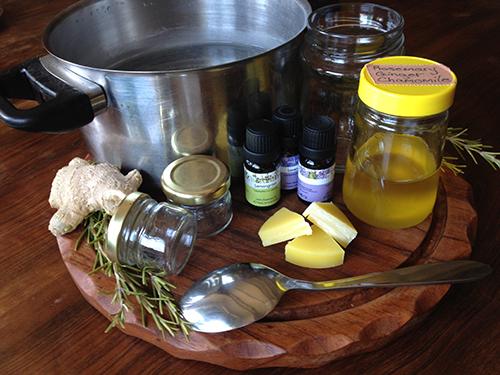
- Ginger, rosemary, and chamomile (or any of the herbs listed above).
- Olive oil (or any other plant-based oil).
- A glass jar to make the herbal oil, and some small glass jars for the salve.
- A double boiler (or a pot of water with a jar sitting in it).
- Essential oils. I have chosen lavender, basil, black pepper, lemongrass, and clove for their anti-inflammation, anti-oxidizing, astringent, and other pain-relieving properties that work well in a warming salve for joint pain.
- 30 grams or 1 ounce of beeswax (the 2 small jars below use approximately 10 grams).

Step 1: Make an Herbal Oil
To start making your own salve, first, you need an herbal oil from any of the herbs listed above. I had some ginger and olive oil in the cupboard, and some chamomile and rosemary growing in the garden, so that’s what I used to make an herbal oil.
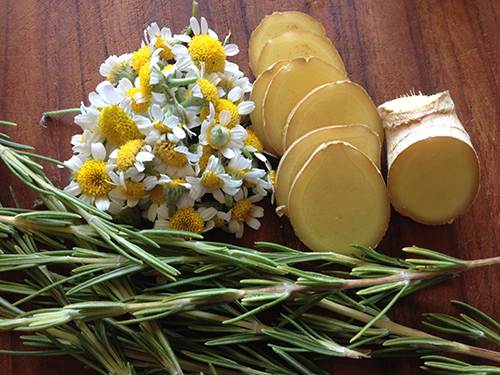
 Slice some ginger root and leave it to dry for a day.
Slice some ginger root and leave it to dry for a day.- Pick some rosemary and chamomile flowers and leave them to dry for at least 1 day. Make sure all the ingredients are completely dry.
- You can put all 3 herbs in a jar filled with olive oil and either leave in the sun for 4 weeks; or place the jar in a pot of hot water over very low heat for at least an hour. It’s important that the heat is very low.
- 4 weeks later (or once it has cooled) you can strain it and your herbal oil is ready to use in step 3.
Step 2: Make a Double Boiler
You will need a double boiler to heat the beeswax evenly:
- Place a spoon in the fridge (you will need this in step 3).
- Boil some water in a pot (you can sterilize your jars and tools at the same time if you like). Once boiled, you can turn down the stove to low heat.
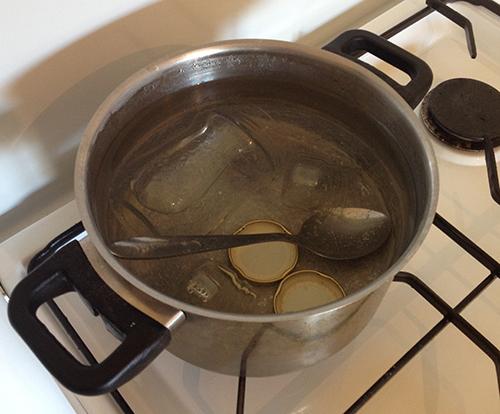
- Place a small glass jar in the pot (weigh down the empty jar with a sterilized spoon).
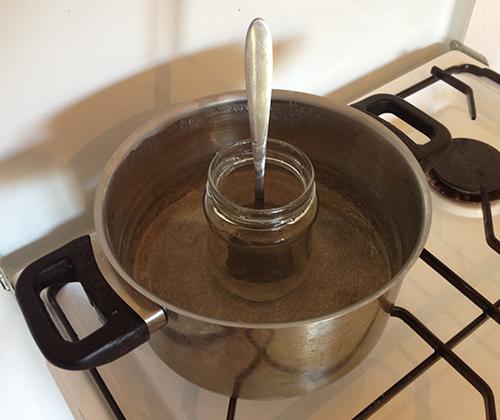
- Now your double boiler is ready for step 3.
Step 3: Using Your Herbal Oil to Make a Salve
The next step is to use your double boiler from step 2 to warm the beeswax and combine it with your homemade herbal oil from step 1. The amounts below fill 2 mini jars (with a rough ratio of 5-parts herbal oil with 1-part beeswax).
- Add 4 tablespoons of your herbal oil into the glass jar sitting in the hot water.
- Add 8-10 grams of beeswax to the jar and stir it into the warm herbal oil.
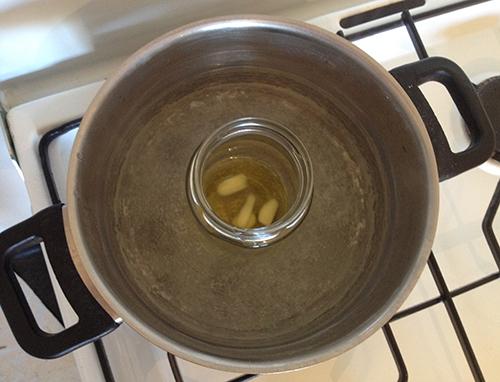
- You want the salve to be slightly soft so that it’s easy to massage into sore joints, so put a small amount of the mixture on the cold tablespoon from step 2 to test the consistency. If it’s too hard, add more herbal oil a few drops at a time. If it’s too soft, then add some more beeswax.
- Once you are satisfied with the consistency, stir in the essential oils. Some oils are stronger than others (such as ginger), but usually, 2 – 3 drops of each is a good start.
- Quickly pour your warm salve into small jars. If the beeswax starts to harden, then simply return the jar to the double boiler to re-heat again.
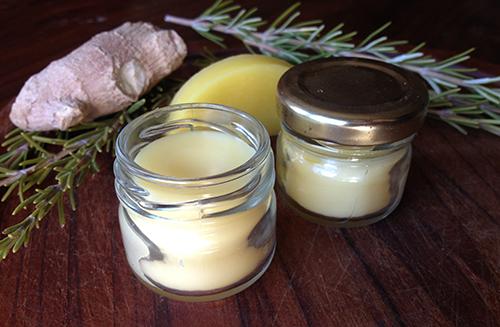
Tips for making a Homemade Salve:
- Sterilizing your jars and tools will allow you to use the salve for up to a year.
- If you’re looking for a cooling salve that will ease joint pain and inflammation on a hot, sunny day, then try swapping some of the warming essential oils for some cooling essential oils. You can swap the ginger, black pepper, and clove oils for cooling oils such as eucalyptus, peppermint, spearmint, sandalwood, or vetiver.
- Other herbs and essential oils that can provide pain relief include chicory, stinging nettle, feverfew, comfrey, pine needles, cypress, capsaicin in chili peppers, helichrysum, turmeric, yarrow, marjoram, clary sage, juniper, and frankincense.
You may also like:
 Natural DIY Neosporin Salve Recipe
Natural DIY Neosporin Salve Recipe
A Natural DIY Antibiotic Salve Recipe to Keep Around (Video)
10 Remedies You Can Make Using Plantain








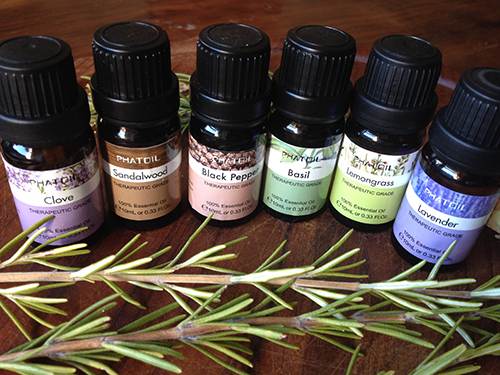
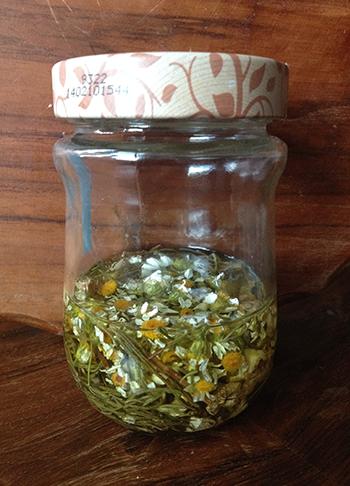 Slice some ginger root and leave it to dry for a day.
Slice some ginger root and leave it to dry for a day.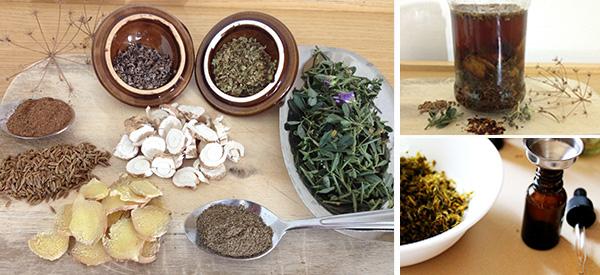
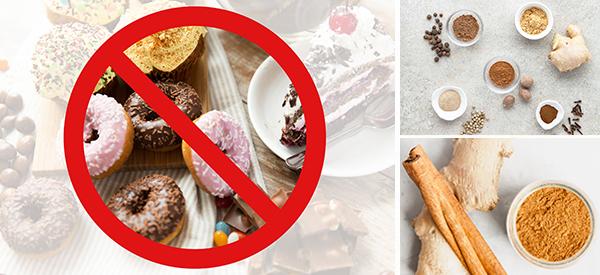
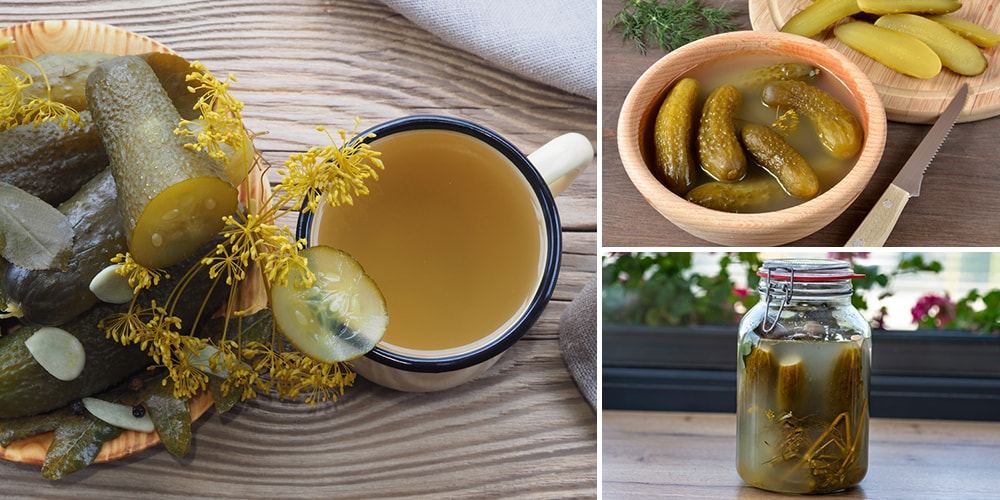
The dissolving of 750mg of CBD Isolate per jar will make even more effective
I just started looking for homemade pain relief when I found this. I almost stopped reading when I saw the “leave in sun for 4 weeks” part, then I saw the option to heat carefully for an hour. Whew! I was hoping for something I could whip up right now. I like the idea of essential oils but can’t really afford very many, but I do have several of the herbs mentioned on hand, so I appreciate this combination approach. Looking forward to trying this very soon, like tomorrow morning. And to reading more on your website. Thanks!! (And now that I have been introduced to this idea, I can see myself trying the “leave in sun for 4 weeks” option in the near future.)
Hi Monica,
Thank you so much for your feedback.
Please let us know if the salve was good for you.
Wish you the best of health.
God bless!
Hello. You mention Essential oils to use. For those newbies like me and living in Ottawa, Ontario, there are not too many plants around to make my own oils. For the essential oils, what do I look for in a company that sells them? Any differences in companies that mention pure grade ? Thank you for your help
Plant Therapy is amazing and super affordable!
I used to sell Young Living but found them to be so expensive it was impractical. I now order online from Revive (revive-eo.com). Their oils are excellent quality and they have the best prices I have seen anywhere. I see a lot of oils from NOW for purchase in grocery stores and other outlets but I wouldn’t bother with them. I was never able to verify the purity of their oils or their processing methods.
This is all very helpful. Thank you.
Do you need to add essential oils to this? Are the essential oils for smell or do they help with healing. I would have thought the herb infused oil was what had all the potency
I live in Labrador and one of my most useful Herbs is Balsam Fir. I think it’s use in the Lost Herbs book could be expanded..
From local tradition I learned and found out that a small twig, not more than 2 inches steeped in boiling water will ease a coughing cold much faster than any drugstore medicine, if used before the cold will not even come!
Now I read that the Micmaw people used the bark of the same tree soaked in water for tanning hides. In 1918 when the Spanish Flu decimated the whole world they found that drinking that water would save them. So I’ve been drinking that tea any time a cold or flue showed up in the neighbourhood and haven’t been bothered by either in 20 years.
Also the sap (turpentine) of Balsam Fir which collects in blisters in the bark is known for fast healing.. once on a trip in the woods I cut myself, stripped off some bark with turpentine on it and wrapped it around my finger to stop the bleeding. When I got home couple days later it was healed up.
The turpentine by itself dries up fast so I’m keeping some mixed in olive oil for use on minor scratches. So one Winter day in Nova Scotia, temp near 0°C and very damp suddenly my knees got too painful to walk up and down stairs. I rubbed some of my oil w turpentine on my knees and after a few applications I was better again. I have since tried that on other people and it seams to work!
I also found when travelling it is sometimes hard to find Balsam Fir trees, so I keep some turpentine for flue prevention dissolved in a sweet liquor, or for kids in honey.
Thought this book would be insightful for my RA,and a friend’s MS.
Unfortunately it’s seems to be to difficult for me to struggle doing,a really waste of money on my part, the concept would be good for your more capable readers of the book.